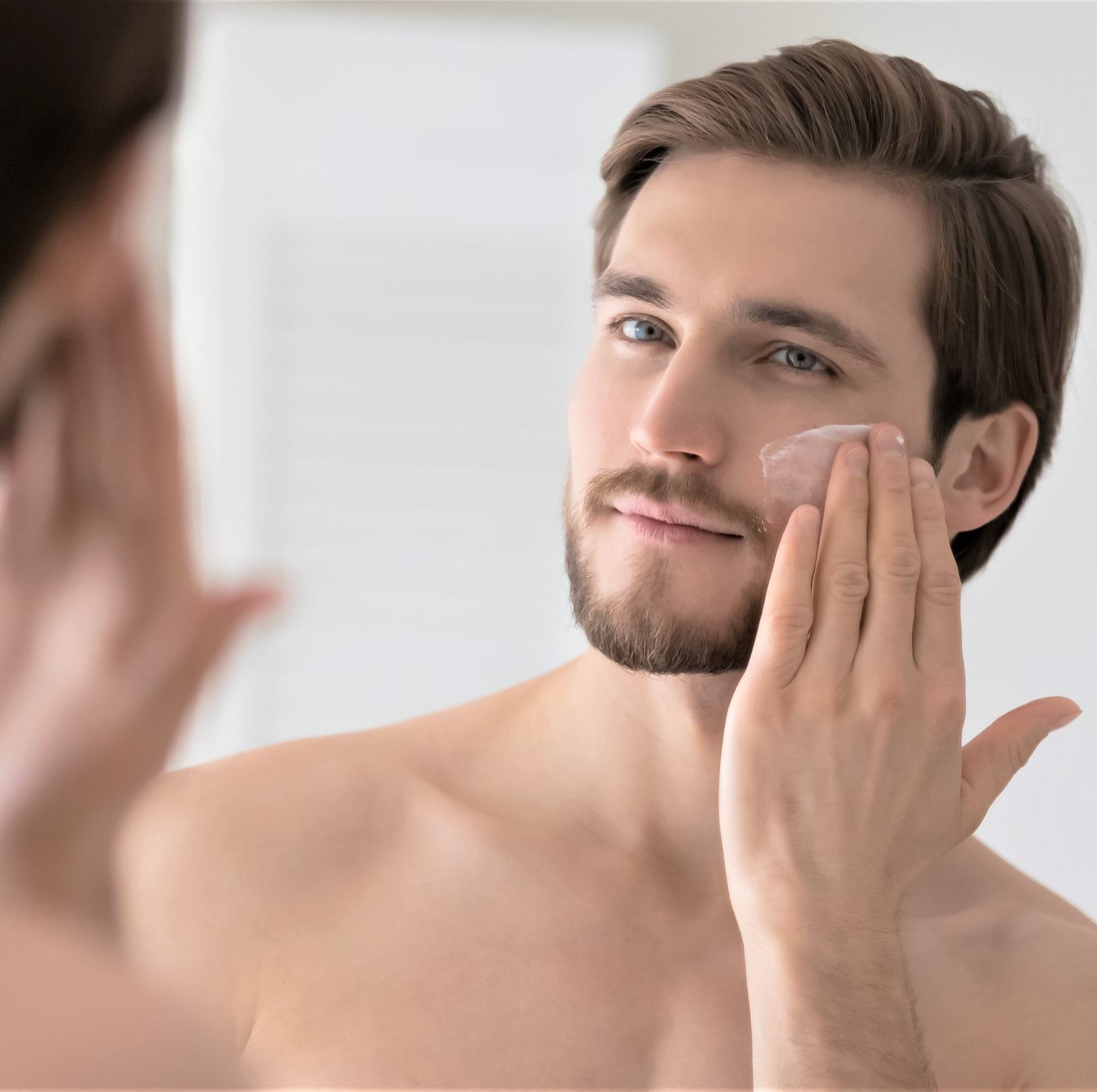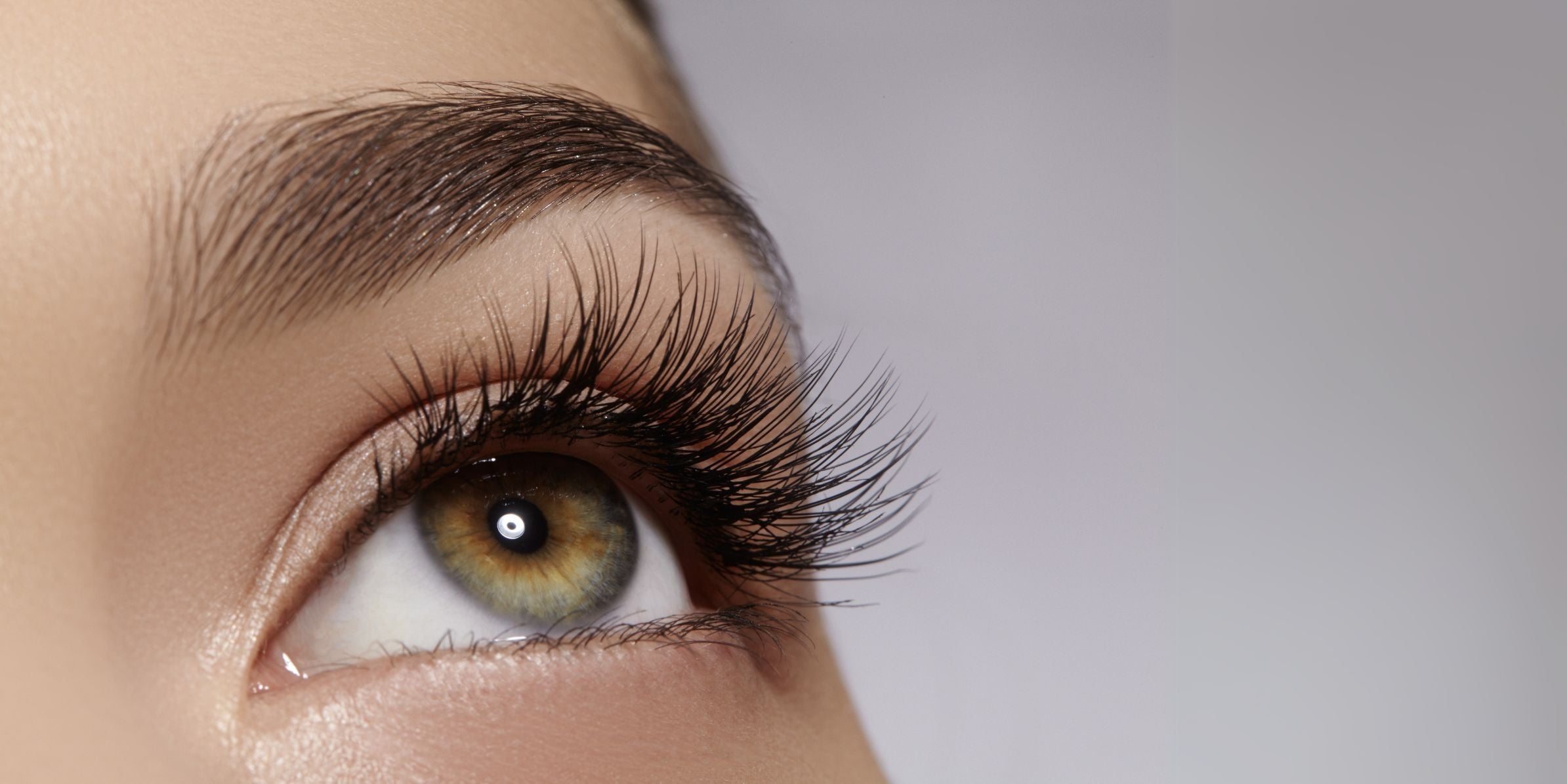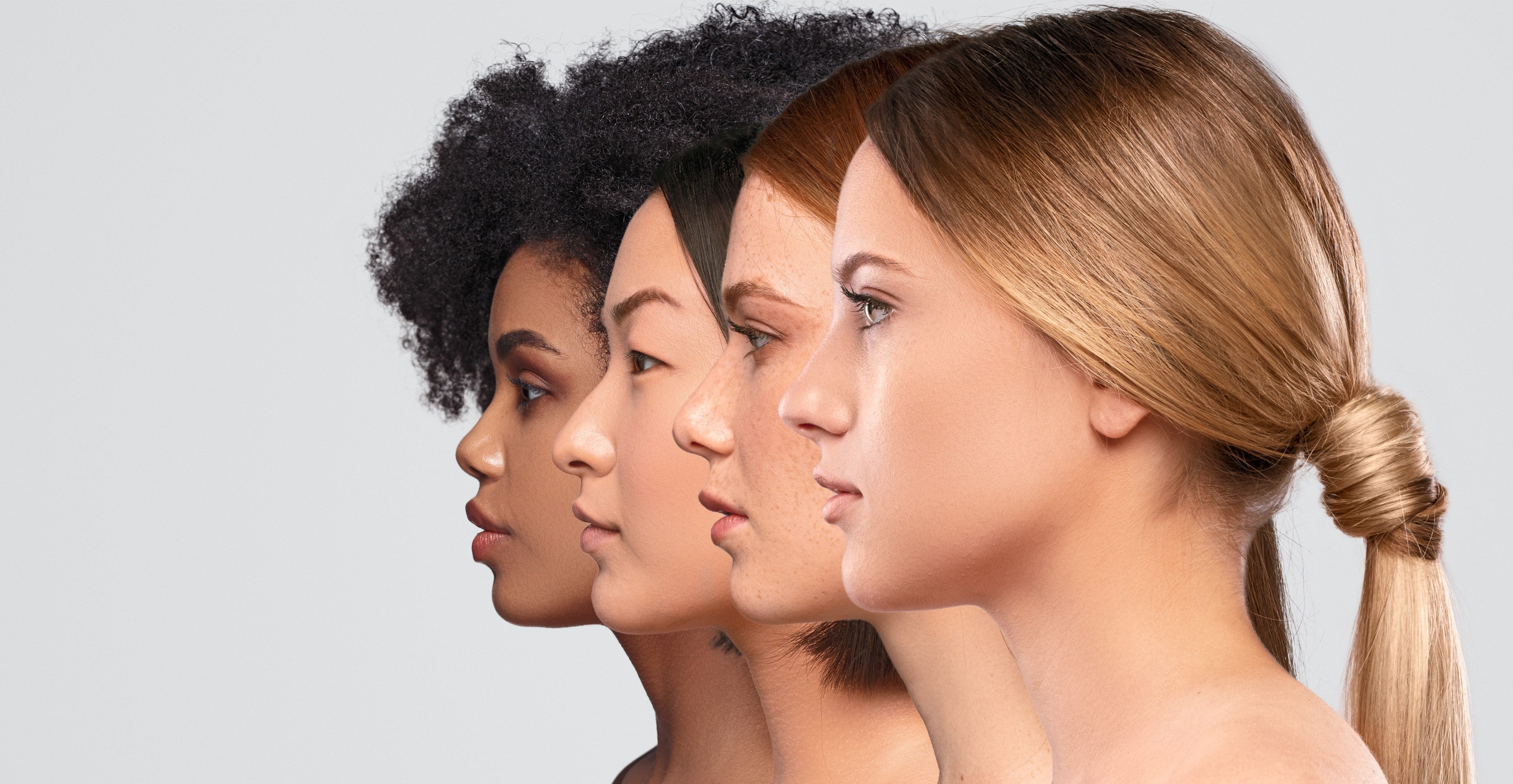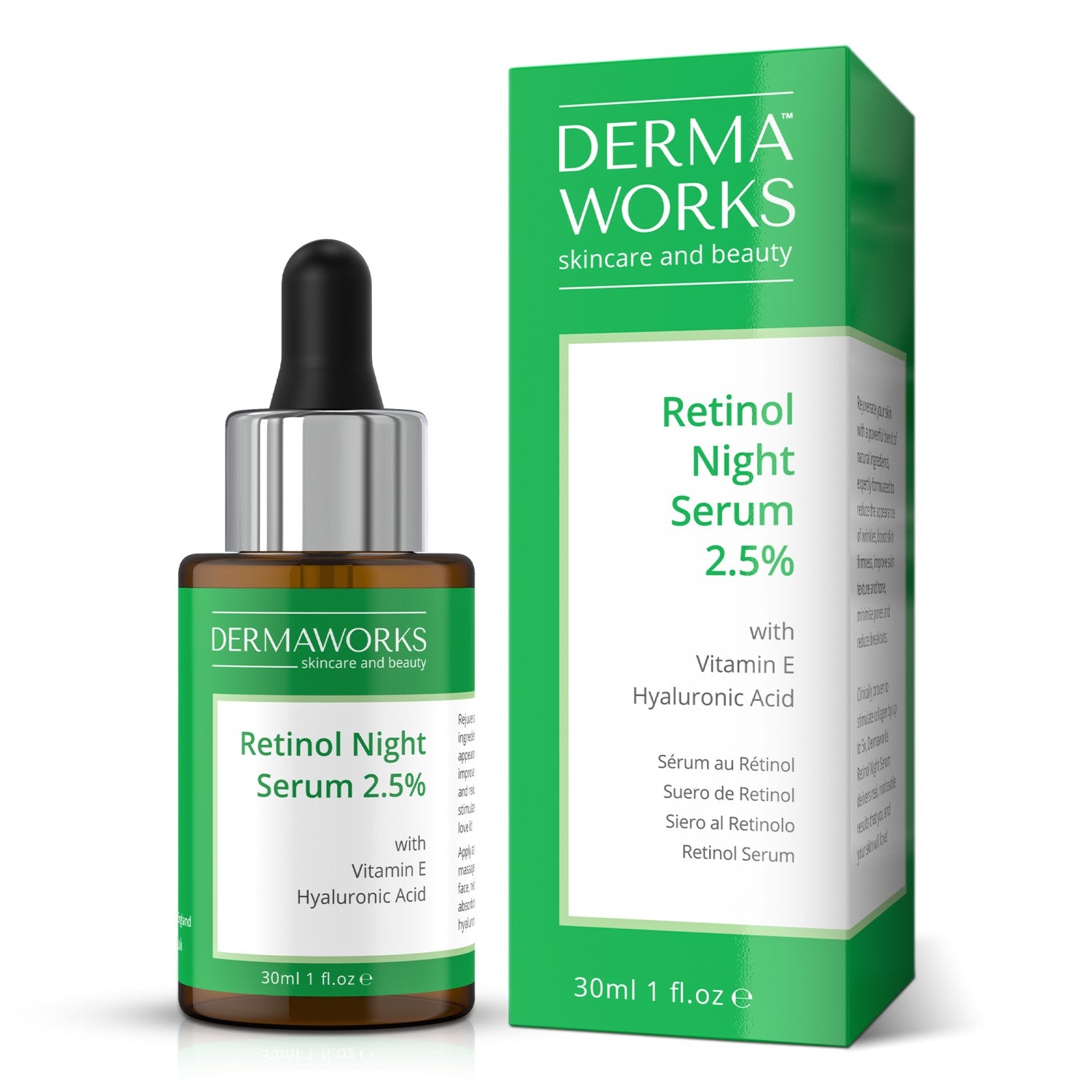Retinol is one of the most powerful ingredients in skincare — known for boosting collagen, reducing acne, and smoothing fine lines. But when it comes to retinol, more isn’t better.
Using too much retinol (or using it too often) can quickly lead to irritated, stressed-out skin — a condition often called “retinol burn.”
In this post, we’ll break down what happens when you overdo it, the signs your skin is reacting, and how to recover fast without losing your progress.
Signs You're Using Too Much Retinol
Your skin will usually tell you loud and clear when it’s overwhelmed. Here’s what to watch for:
-
Redness and flaking
-
Tight, dry, or itchy skin
-
Increased sensitivity
-
Stinging or burning, even with gentle products
-
Breakouts or purging that won’t stop
If your skin feels worse after applying your usual moisturizer or cleanser, it could be a sign you’ve pushed retinol too far.
Why This Happens
Retinol works by increasing skin cell turnover — meaning your skin sheds dead cells faster and starts revealing newer, smoother skin. But if your skin barrier isn’t ready (or if you apply too much too soon), it can trigger inflammation, dryness, and peeling.
Some common mistakes:
-
Using retinol every night right away
-
Applying a high concentration (1% or higher) too early
-
Skipping moisturiser or SPF
-
Layering with other active ingredients like AHAs, BHAs, or benzoyl peroxide
How to Recover from Retinol Overuse
1. Pause the Retinol
Give your skin a break. Stop using retinol for at least 3–7 days (or longer if irritation is severe). Let your skin barrier heal before reintroducing anything active.
2. Focus on Barrier Repair
Use soothing, hydrating products with:
-
Ceramides
-
Hyaluronic acid
-
Panthenol
-
Centella asiatica (Cica)
-
Colloidal oatmeal
Avoid exfoliants, strong actives, or fragrance while your skin recovers.
3. Don’t Skip Suncream
Damaged skin is extra vulnerable to UV rays. Use a broad-spectrum SPF 30+ daily — even on cloudy days — to prevent further irritation and long-term damage.
4. Reintroduce Slowly
Once your skin is calm:
-
Start with 1–2 nights a week
-
Use the “sandwich method”: moisturiser → retinol → another layer of moisturiser
-
Wait at least 30 minutes after cleansing before applying retinol to reduce sting
Pro Tip: Retinol Is a Long Game
It’s normal to want results fast, but retinol is a slow and steady kind of ingredient. Most people see visible changes in 8–12 weeks — not days.
Using a gentle, consistent routine will always give you better long-term results than pushing too hard, too fast.









